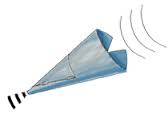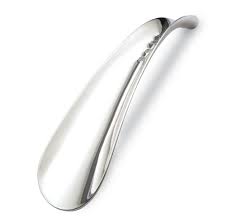I’ve written about the benefits of stretching your sense of yourself outward, freeing it from the repetitive, stagnant “now” of addiction, extending it all the way from a distant but familiar past to a wished-for future. But how can we turn this abstract idea into an exercise, a therapeutic method, for recovery, for whatever you want to call the next stage?
I’ve been thinking vaguely about a workshop I’m to give in Australia this July. So I ask myself: what on earth do I have to offer front-line workers in addiction? What can I suggest that’s concrete enough to help real people struggling with addiction in the here and now? Well an idea finally came to me while I was meditating this morning. I do sometimes get good ideas while meditating. I’m no expert meditator by the way, and I know you’re not really supposed to be thinking things through. But sometimes new perspectives just appear, and I value them.
So here it is:
What if, either alone, maybe in a guided meditation context, or maybe in psychotherapy with an expert, what if the cravings, the fondness, the attraction of getting high kind of slid down a slide of time, from the present to the past. After all, those cravings don’t really belong in the present tense, that’s not their home. They come from long ago. From the dark oppressive helplessness that followed something awful, some period of abuse or chaos. They come from a depression that started when you were a teen. Well, didn’t they? I know mine did. And they show up in the present, in the now, in the “should I or not?” of today, as stubborn visitors. They continue to visit you in the present. Like unwelcome guests, they don’t leave when it’s time for them to go, even though they’re taking up half the house.
So imagine the whole continuum of your life as though it were a slide or a slope. Let those desires slide backward in time, and follow them, observe them, see where they land in the past, see where they really belong, like an observer on an archeological expedition. When I try that exercise, I get a rush of self-compassion and self-understanding, and, as a bonus, present-tense cravings pack their belongings and clear out.

It’s like an overcast sky when the clouds start to part and little bits of sun filter through. And then you realize there’s a whole blue sky waiting on the other side of the clouds.*
Then continue the metaphor: imagine the slope of your life continuing upward, rising, unfurling, as it opens into the future. That future really is different from the past — and the present. This is not an abstraction. It’s a completely different place, a place you’ve never been to, but a place that sends tendrils of possibility, rays of hope, back to you, now, in the present, where you’re sitting wondering about and yearning toward freedom and change.
Maybe a better image is that of a cone…maybe an ice-cream cone. After all, there’s only so much mileage you get from a shoe horn. Maybe picture an ice-cream cone and let all the slush gravitate to the bottom, which invariably starts to leak. So the goo leaks out the soggy bottom, and what’s left on top is…I don’t know, the good stuff, the untasted  flavours? The chocolate sprinkles?
flavours? The chocolate sprinkles?
Maybe a snow-cone?
I can’t quite find the right image. Any ideas would be appreciated. It would be nice to develop this metaphor so that I could actually talk about it, elaborate it, teach it. Here’s another image that might work better, because you can see the “bad stuff” emitting downward and out the bottom while the “good stuff,” the possible future, radiates from the mouth of the cone.

Try it and see what you think. For me, this is unfinished business, a rough draft. But I’m sure there’s a palpable feeling to letting the present-tense sludge slide back into the past, where it really belongs, and then…then, I don’t know, the sky’s the limit.
*I got this metaphor from “Andy,” the guide for the Headspace meditation app. I think Headspace is fabulous. Try it!

Leave a Reply